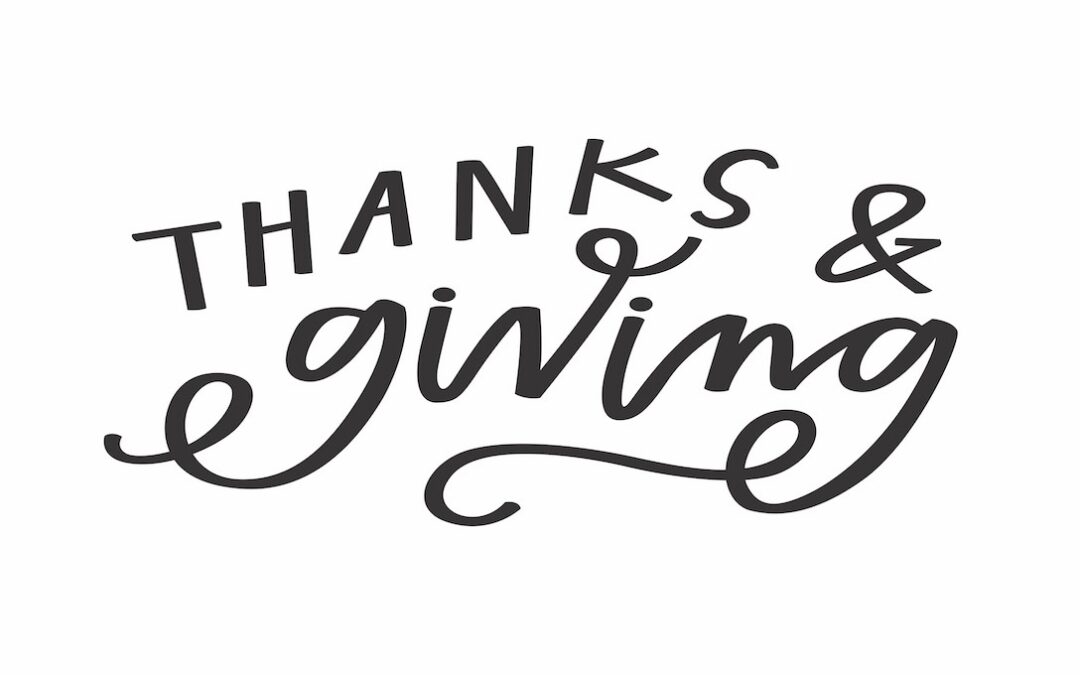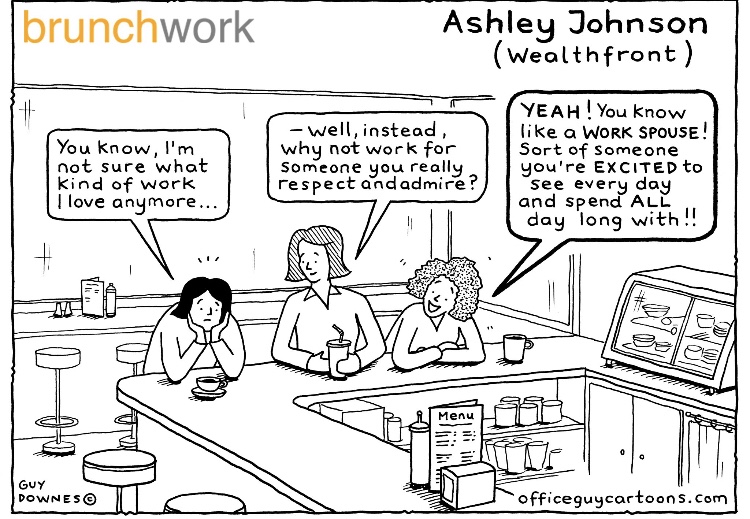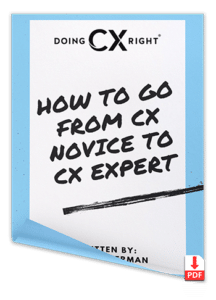Is product experience becoming more important than advertising? Many business leaders are saying yes, as we’re now living in an experience or expectation-based economy where the quality of experiences delivered to customers determines company performance.
My featured article guest, Jack Ashdown, shares throught-provoking views about the role of advertising and shifts in approach to acquire new customers and drive loyalty. I encourage you to read and share your perspective.
Is CX Replacing Advertising?
When was the last time you saw an ad for Tesla? That’s right, you haven’t, because Elon Musk believes the brand’s cash should be continually invested in innovation, not creative marketing.
Apart from Musk’s idiosyncratic and highly personal approach to marketing, Tesla has thrived in large part due to the UX experience of its cars. In some models, dials and levers have been reduced down to a steering wheel and iPad-style screen integrating displayed driving, navigation, and external internet access.
Digital disruptors like Uber, Airbnb, and Deliveroo have also chosen this route, making the decision to invest relatively little in advertising – particularly in the early growth stages of the business. Instead, ground-breaking concepts and elegant service design enabled them to transform entire markets.
This approach concentrates on the power of word-of-mouth backed by repeated positive customer interactions at all touchpoints. Brands such as Trainline harnessed this model, relying on organic growth through an excellent CX strategy.
The Impact of CX Design
It can be seen everywhere, even in the previously niche world of the stock market investment. Robinhood provides a cheap, easy-to-use trading alternative and reached 18 million accounts in March 2021, a year-on-year increase of 151%. It achieved such stellar growth by creating an app that took many design cues from social platforms and essentially gamified stock trading – enabling activist private traders to take direct action to support companies such as GameStop and AMC in the process.
By 2023 businesses worldwide are predicted to be investing almost two trillion dollars in digital transformation projects. In comparison, they’ll be spending a relatively humble $600 billion on advertising.
A big slice of the money spent on digital transformation will be focussed on digital services and consumer engagement or interaction. The global customer experience management (CXM) market’s CAGR is estimated to be around 12%, which should result in the market being worth around 14.5 billion by 2025.
This begs the question; if the brands that succeed in shaping or outperforming markets are those that step ahead of the pack with unique experiences and products rather than those investing heavily in advertising, will the center of the creative universe shift from advertising towards CX-orientated creativity leveraging data, UX and service innovation over the coming decade?
The CX medium is the advertising message
This huge predicted investment in digital transformation speaks to the emergence of fundamental changes in the way that organizations and businesses, new and old, are thinking about how to either generate sales or achieve long-term brand loyalty.
The digital economy is creating an ever more powerful cycle of digitization with, on one hand, ever better and faster digital products, services, and devices, and on the other the huge pressure on organizations to use technology to transform their operations.
Stacy’s advice for advertising & branding leaders:
*Infuse the customer voice in EVERY business decision. No exceptions.
*Focus on creating better experiences. You don’t have to be Tesla to gain a competitive edge.
*Hire and collaborate with customer experience (CX) and user experience (UX) experts. It must be intentional.
Read more about CX trends and expert views on debatable topics.
*Should the Chief Experience Officer Oversee Marketing?
*What’s The Fate Of A Customer Experience Officer (CXO)
*Is Customer Experience The New Marketing? Is Marketing the New CX?









 Source: Ashley Johnson
Source: Ashley Johnson
